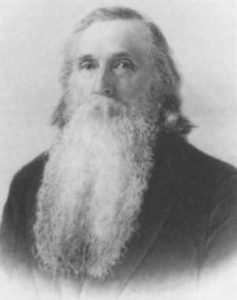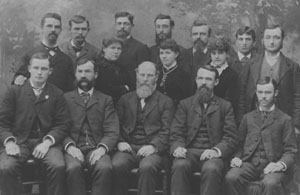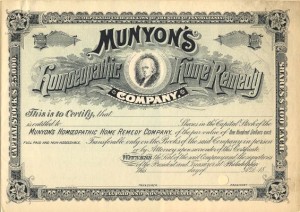In the heyday of medical schools (mid-1800s – 1920s) great philosophical differences existed in the practice of medicine. Regular medicine was more in line with what we know today–practitioners attended a medical college with standardized courses, and relied on drugs and “scientific” treatments.
Irregular medicine tended to be a reaction to the so-called “heroic” (and horrific) medical practices of the past, which relied on bleeding, purging, and blistering. Irregular medicine embraced practices like homeopathy, which was much gentler. Besides concentrating on sound nutrition and light exercise, homeopaths rarely used multiple drugs. They felt that “like cures like” and would prescribe a (highly diluted) substance that mimicked a patient’s symptoms.
Regular doctors relied on drugs such as calomel (mercury) which destroyed the health of anyone taking it regularly. Many citizens preferred alternative treatments (of which homeopathy was only one) because they tended to do no harm. Many illnesses run their course and patients recover with or without medicine, so alternative treatments were generally as successful as regular ones.
Regular doctors fought the irregular ones tooth and nail, and eventually managed to shut down both their colleges and most of their practitioners.
________________________________________________________


